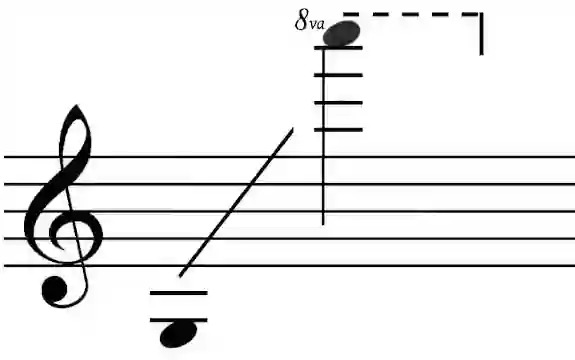Notation and sound generation of the violin - Philipp Dangas
Notation and sound generation of the violin
The violin has 4 toner exciters, called strings or sound bodies. Individual strings or even all of them can be tuned down a semitone (scordatura) to allow for chords or tones that are not normally achievable.
In modern chromatic music, this is of no importance. The use of a specific string follows the rule: "sul G" (or A, D, E) i.e. "on the G string". The technique of playing the violin (like that of playing the other string instruments) is based on the technique of the left hand (the left arm technique) and on the bow technique (the right arm technique).
The finger technique primarily serves to fix the pitch and also has an influence on the sound character (vibrato, flageolet, articulation, accentuation). The object of bowing technique, on the other hand, is primarily the toner excitation itself, i.e. the excitation of the string vibrations by the bow stroke. In finger technique, a distinction must be made between the different positions, i.e. the positions of the hand on the neck of the instrument and the finger sequence.
A special kind of sound production is the flageolet . A distinction must be made between the artificial and the natural flageolet. The difference is less in terms of sound than in terms of execution and is therefore primarily of importance for the question of the usability of the flageolet. The treble clef is always used for notating the violin. It is not transposing, so it corresponds to the real sound. In the case of the flageolet, only the actual height of the flageolet tone is noted today and the note in question is given the flageolet sign "o". This procedure applies to both the natural and the artificial flageolet. The mode of execution is left to the player.
Download size: 249 Kilobytes
Table summary of the pitch range of the violin
The following table shows the pitch range of the four strings of a violin shown. The string designation and string tuning is also mentioned.

The range of a violin in large scale
From g [minor octave] to a4 [fourth octave]
Internal search function
| Name | Value | Delete |
|---|